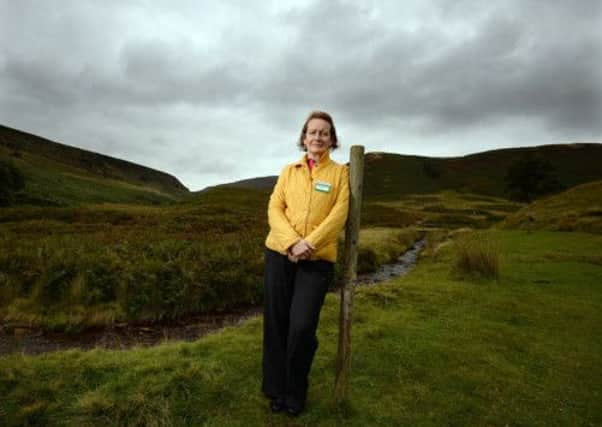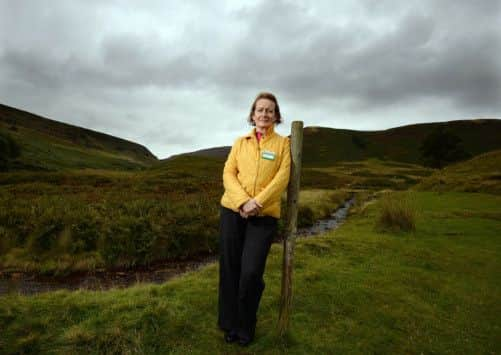Video: Preserving Peak District for the next 50 years


And now the Peak District has become the focus of the National Trust’s “biggest and most ambitious” landscape nature conservation scheme.
Announced yesterday on Dark Peak uplands near Bamford, the initiative aims to “inspire people and involve them in restoring a landscape of healthy peat bogs, diverse heaths and natural woodland rich in wildlife”.
Advertisement
Hide AdAdvertisement
Hide AdWith input from a range of people and organisations, the National Trust has mapped out what it describes as a “bold new 50-year vision” for 10,000 hectares of land it looks after in the High Peak moors.


That area covers picture-postcard sites such as the upper Derwent Valley – home of Ladybower reservoir – Kinder Scout and Jacob’s Ladder.
Jon Stewart, the National Trust’s general manager for the Peak District, said yesterday: “This dramatic, beautiful and fragile landscape is the ideal place for the biggest and most ambitious work that the trust has ever undertaken to develop a clear road map for one of its upland estates.
“Whilst there is much to celebrate about the moors and their valley-sides there are massive management challenges such as eroding peat, drying out bog, lost woodland, suppressed heathland vegetation and maintaining good access.
Advertisement
Hide AdAdvertisement
Hide Ad“We want to work with those who care for and have a stake in their future to address these challenges.”
The conservation work will restore habitats such as bogs and heaths on the moor tops and heathland and woodlands in steep valleys – known as cloughs.
Peat-rich blanket bogs are of “national and international significance”, a National Trust spokesman said.
He added: “It’s vital that this fragile habitat is maintained because severe erosion can release carbon into the atmosphere and have a knock-on effect on the quality of drinking water from peat ending up in reservoirs.
Advertisement
Hide AdAdvertisement
Hide Ad“The peat found in the uplands of the UK has as much carbon as the forests of Britain and France combined and the High Peak moors alone store the equivalent of two years carbon emissions from the city of Sheffield.
“A priority for the vision will be to keep the bogs wet through for example blocking gullies that have eroded the landscape and making sure that there is plenty of vegetation cover.
“Work has already begun on this on the plateau of Kinder Scout.”
Work will also begin to increase the spread of trees and shrubs – both naturally and through planting – in the valleys to help restore wildlife habitats that have already been lost.
Advertisement
Hide AdAdvertisement
Hide AdMr Stewart added: “We have learnt a huge amount about how managing these moors to boost their wildlife and restore the landscape can also have massive benefits for our drinking water quality, flood management, carbon storage and people’s enjoyment, health and well-being.
“They are in effect a life support system.
“Managing the moors in tune with these benefits we believe provides the best way forward for those making their living from the moors as well.”
He added: “This vision is all about working with people to care for the land whether that be our farm tenants, partners or the many people that passionately love the Peak District to restore the landscape and habitats.”